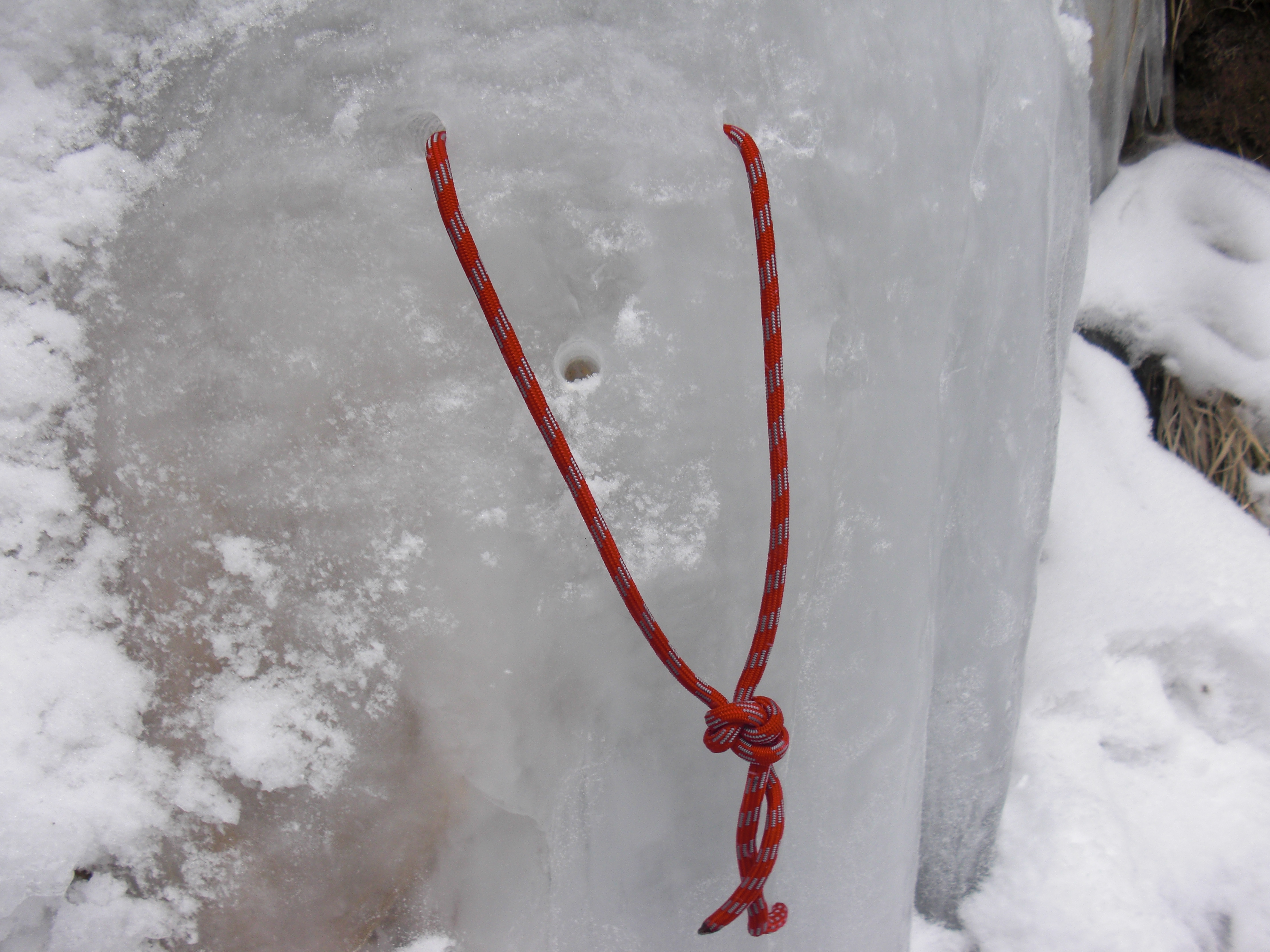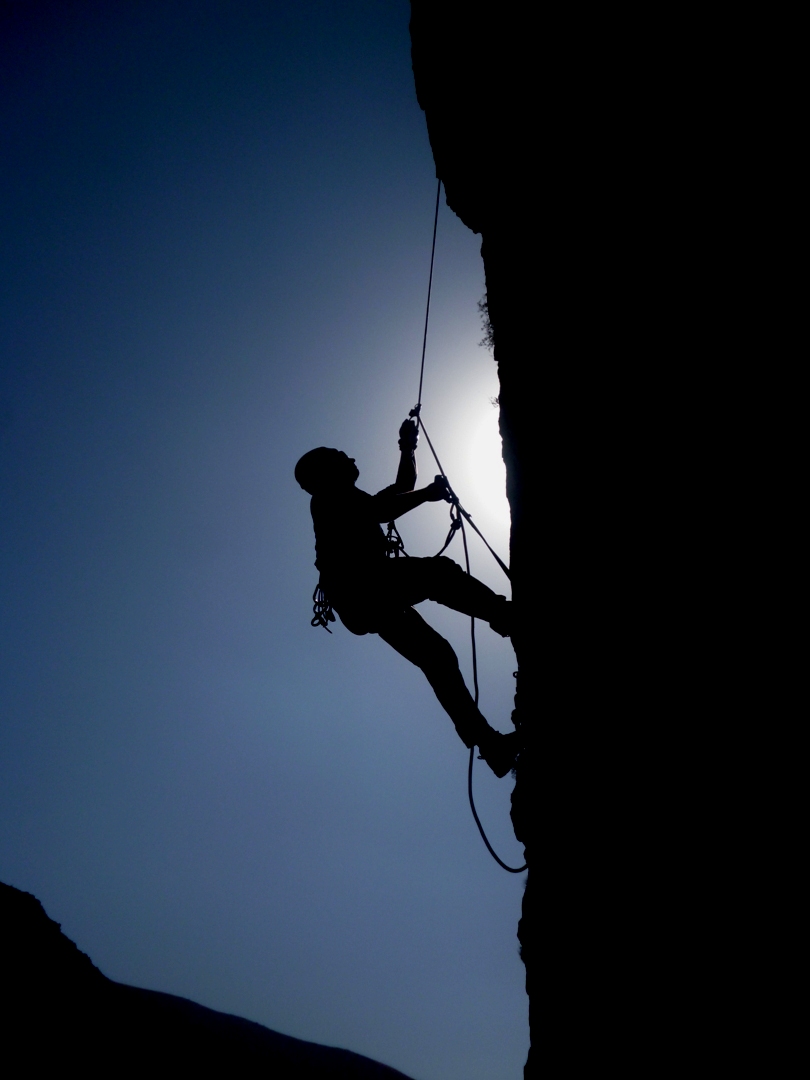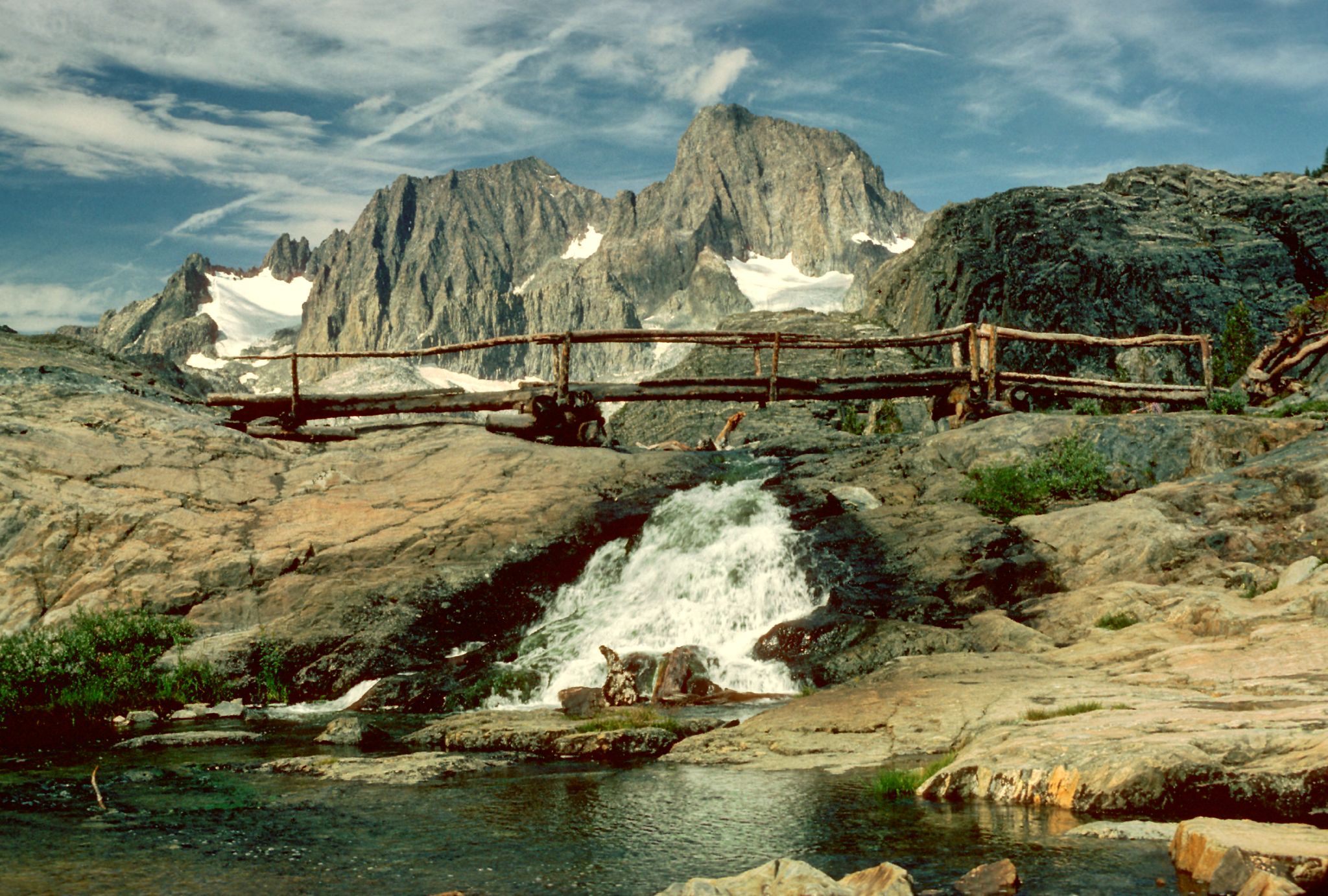|
Temple Crag
Temple Crag is a mountain peak in the Palisades group of peaks of the Sierra Nevada with an elevation of . The peak lies east of the Sierra Crest, between Mount Gayley and Mount Alice, straddling the drainages of the North and South Forks of Big Pine Creek. The peak's north face forms the backdrop for part of the North Fork Big Pine Creek hiking trail in the John Muir Wilderness and Inyo National Forest. It is also a rock climbing destination, with its arêtes hosting the routes Venusian Blind, Moon Goddess Arete, Sun Ribbon Arete, and Dark Star. See also * Mountain peaks of California This article comprises three sortable tables of major mountain peaksThis article defines a significant summit as a summit with at least of topographic prominence, and a major summit as a summit with at least of topographic prominence. All ... * The Palisades of the Sierra Nevada References External links * * Temple Crag Mountains of Inyo County, California Mountains of Nor ... [...More Info...] [...Related Items...] OR: [Wikipedia] [Google] [Baidu] |
Mount Gayley
Mount Gayley is a 13,510-foot-elevation (4,118 meter) mountain summit located one mile east of the crest of the Sierra Nevada mountain range in Inyo County, California, Inyo County, California, United States. It is situated in the Palisades (California Sierra), Palisades area of the John Muir Wilderness, on land managed by Inyo National Forest. It is approximately west-southwest of the community of Big Pine, California, Big Pine, southwest of Temple Crag, and north-northeast of parent Mount Sill. Mount Gayley ranks as the 59th highest summit in California. History The name commemorates Charles Mills Gayley (1858–1932), beloved English professor and Academic Dean of the University of California, Berkeley. This mountain's name was officially adopted prior to 1939 by the U.S. Board on Geographic Names based on a recommendation by the Sierra Club. Mount Sill and nearby Mount Jepson were also named for University of California professors. The first ascent of the summit was made Ju ... [...More Info...] [...Related Items...] OR: [Wikipedia] [Google] [Baidu] |
Sierra Crest
The Sierra Crest is a roughly generally north-to-south ridgeline that demarcates the broad west and narrow east slopes of the Sierra Nevada and that extends as far east as the Sierra's topographic front (e.g., Diamond Mountains and Sierran escarpment). The northern and central Sierra Crest sections coincide with over of the Great Basin Divide, and the southern crest demarcates Tulare and Inyo counties and extends through Kern County to meet the Tehachapi crest. The Sierra Crest also forms two paths (bifurcates) around endorheic cirques (e.g., Cup Lake) between the west and east Sierra slopes. Theodore Solomons made the first attempt to map a crest route along the Sierras. He was instrumental in envisioning, exploring, and establishing the route of what became the John Muir Trail from Yosemite Valley along the crest of the Sierra Nevada to Mount Whitney Mount Whitney ( Paiute: Tumanguya; ''Too-man-i-goo-yah'') is the highest mountain in the contiguous United Sta ... [...More Info...] [...Related Items...] OR: [Wikipedia] [Google] [Baidu] |
Mountains Of The John Muir Wilderness
A mountain is an elevated portion of the Earth's crust, generally with steep sides that show significant exposed bedrock. Although definitions vary, a mountain may differ from a plateau in having a limited summit area, and is usually higher than a hill, typically rising at least 300 metres (1,000 feet) above the surrounding land. A few mountains are isolated summits, but most occur in mountain ranges. Mountains are formed through tectonic forces, erosion, or volcanism, which act on time scales of up to tens of millions of years. Once mountain building ceases, mountains are slowly leveled through the action of weathering, through slumping and other forms of mass wasting, as well as through erosion by rivers and glaciers. High elevations on mountains produce colder climates than at sea level at similar latitude. These colder climates strongly affect the ecosystems of mountains: different elevations have different plants and animals. Because of the less hospitable terrain and ... [...More Info...] [...Related Items...] OR: [Wikipedia] [Google] [Baidu] |
Mountain Peaks Of California
This article comprises three sortable tables of major mountain peaksThis article defines a significant summit as a summit with at least of topographic prominence, and a major summit as a summit with at least of topographic prominence. All summits in this article have at least 500 meters of topographic prominence. An ultra-prominent summit is a summit with at least of topographic prominence. of the U.S. State of California. The summit of a mountain or hill may be measured in three principal ways: #The topographic elevation of a summit measures the height of the summit above a geodetic sea level.All elevations in this article include an elevation adjustment from the National Geodetic Vertical Datum of 1929 (NGVD 29) to the North American Vertical Datum of 1988 (NAVD 88). For further information, please see this United States National Geodetic Surveybr>noteIf the elevation or prominence of a summit is calculated as a range of values, the arithmetic mean is shown. Th ... [...More Info...] [...Related Items...] OR: [Wikipedia] [Google] [Baidu] |
Glossary Of Climbing Terms
__NOTOC__ This glossary of climbing terms is a list of definitions of terms and jargon related to rock climbing and mountaineering. The specific terms used can vary considerably between different English-speaking countries; many of the phrases described here are particular to the United States and the United Kingdom. A B Completing the climb upon one's first attempt ever. Often confused with 'flashing' which is the first attempt of the day. There is a second opportunity for a climber to 'blitz' a wall after 12 months. C D E ... [...More Info...] [...Related Items...] OR: [Wikipedia] [Google] [Baidu] |
Rock Climbing
Rock climbing is a sport in which participants climb up, across, or down natural rock formations. The goal is to reach the summit of a formation or the endpoint of a usually pre-defined route without falling. Rock climbing is a physically and mentally demanding sport, one that often tests a climber's strength, endurance, agility and balance along with mental control. Knowledge of proper climbing techniques and the use of specialized climbing equipment is crucial for the safe completion of routes. Because of the wide range and variety of rock formations around the world, rock climbing has been separated into several different styles and sub-disciplines, such as scrambling, bouldering, sport climbing, and trad (traditional) climbing another activity involving the scaling of hills and similar formations, differentiated by the rock climber's sustained use of hands to support their body weight as well as to provide balance. Rock climbing competitions have the objectives of ... [...More Info...] [...Related Items...] OR: [Wikipedia] [Google] [Baidu] |
Inyo National Forest
Inyo National Forest is a United States National Forest covering parts of the eastern Sierra Nevada of California and the White Mountains of California and Nevada. The forest hosts several superlatives, including Mount Whitney, the highest point in the contiguous United States; Boundary Peak, the highest point in Nevada; and the Ancient Bristlecone Pine Forest, which protects the oldest living trees in the world. The forest, encompassing much of the Owens Valley, was established by Theodore Roosevelt as a way of sectioning off land to accommodate the Los Angeles Aqueduct project in 1907, making the Inyo National Forest one of the least wooded forests in the U.S. National Forest system. Geography The forest covers and includes nine designated wilderness areas which protect over . Most of the forest is in California, but it includes about in western Nevada. It stretches from the eastern side of Yosemite to south of Sequoia National Park. Geographically it is split in two, o ... [...More Info...] [...Related Items...] OR: [Wikipedia] [Google] [Baidu] |
John Muir Wilderness
The John Muir Wilderness is a wilderness area that extends along the crest of the Sierra Nevada of California for , in the Inyo and Sierra National Forests. Established in 1964 by the Wilderness Act and named for naturalist John Muir, it encompasses . The wilderness lies along the eastern escarpment of the Sierra from near Mammoth Lakes and Devils Postpile National Monument in the north, to Cottonwood Pass near Mount Whitney in the south. The wilderness area also spans the Sierra crest north of Kings Canyon National Park, and extends on the west side of the park down to the Monarch Wilderness. Geography and geology The wilderness contains some of the most spectacular and highest peaks of the Sierra Nevada, with 57 peaks over in elevation. The peaks are typically made of granite from the Sierra Nevada Batholith, and are dramatically shaped by glacial action. The southernmost glacier in the United States, the Palisade Glacier, is contained within the wilderness area. Notable e ... [...More Info...] [...Related Items...] OR: [Wikipedia] [Google] [Baidu] |
Big Pine Creek (California)
Big Pine Creek is a U.S. Geological Survey. National Hydrography Dataset high-resolution flowline dataThe National Map, accessed March 17, 2011 stream in Inyo County of eastern California, in the western United States. It flows from the eastern Sierra Nevada down to the Owens Valley, where it is a major tributary of the Owens River near Big Pine. Course The headwaters of Big Pine Creek are in the eastern slopes of the Sierra Nevada, near the border with Fresno County. The creek begins at the confluence of its North and South Forks, below the Palisades. From there, the creek flows east-northeast, passing Crater Mountain of the Big Pine volcanic field and intersecting Big Pine Canal before joining the Owens River near the town of Big Pine. The total average runoff from the watershed is , mostly from Big Pine Creek itself. Uses Despite its name, Big Pine Canal does not divert water from Big Pine Creek, it comes from the Owens River upstream. The canal provides water to the Big ... [...More Info...] [...Related Items...] OR: [Wikipedia] [Google] [Baidu] |
Mount Alice (California)
{{geodis ...
Mount Alice may refer to: * Mount Alice (Alaska) in Alaska, USA * Mount Alice (British Columbia) in British Columbia, Canada * Mount Alice (California) in California, USA * Mount Alice (Colorado) in Colorado, USA * Mount Alice, Falkland Islands in West Falkland, Falkland Islands The Falkland Islands (; es, Islas Malvinas, link=no ) is an archipelago in the South Atlantic Ocean on the Patagonian Shelf. The principal islands are about east of South America's southern Patagonian coast and about from Cape Dubouze ... [...More Info...] [...Related Items...] OR: [Wikipedia] [Google] [Baidu] |
Sierra Nevada
The Sierra Nevada () is a mountain range in the Western United States, between the Central Valley of California and the Great Basin. The vast majority of the range lies in the state of California, although the Carson Range spur lies primarily in Nevada. The Sierra Nevada is part of the American Cordillera, an almost continuous chain of mountain ranges that forms the western "backbone" of the Americas. The Sierra runs north-south and its width ranges from to across east–west. Notable features include General Sherman, the largest tree in the world by volume; Lake Tahoe, the largest alpine lake in North America; Mount Whitney at , the highest point in the contiguous United States; and Yosemite Valley sculpted by glaciers from one-hundred-million-year-old granite, containing high waterfalls. The Sierra is home to three national parks, twenty wilderness areas, and two national monuments. These areas include Yosemite, Sequoia, and Kings Canyon National Parks; and D ... [...More Info...] [...Related Items...] OR: [Wikipedia] [Google] [Baidu] |
Sierra Peaks Section
The Sierra Peaks Section (SPS) is a mountaineering society within the Angeles Chapter of the Sierra Club that serves to provide mountaineering activities for Sierra Club members in the Sierra Nevada, and to honor mountaineers who have summited Sierra Nevada peaks. History The Sierra Peaks Section was established in 1955. The Section maintains historic summit registers at Bancroft Library on the University of California, Berkeley campus. Membership To become a member of the SPS, one must be a Sierra Club member and have climbed at least six peaks on the SPS List; it is not necessary that the peaks be Emblem peaks. For verification purposes, two of those ascents must be done on an official SPS trip. Especially accomplished members are award with ''emblems'', with the following grades (from highest to lowest): * Third List Completion * Second List Completion * First List Completion * Master Emblem * Senior Emblem * Emblem Upon receiving one of the normal emblems, members may be re ... [...More Info...] [...Related Items...] OR: [Wikipedia] [Google] [Baidu] |







